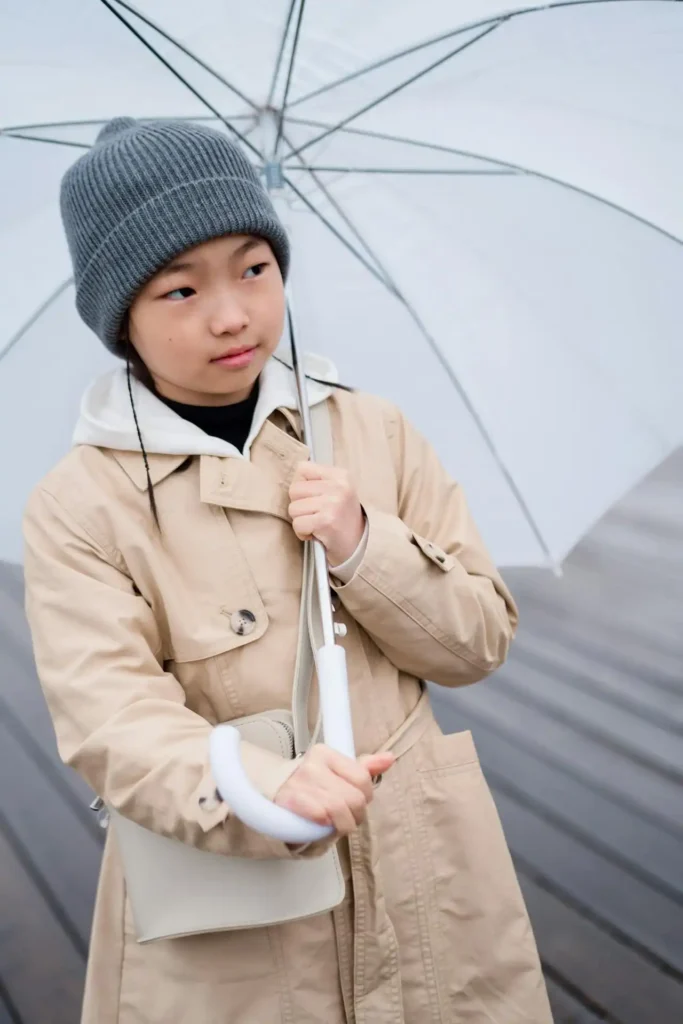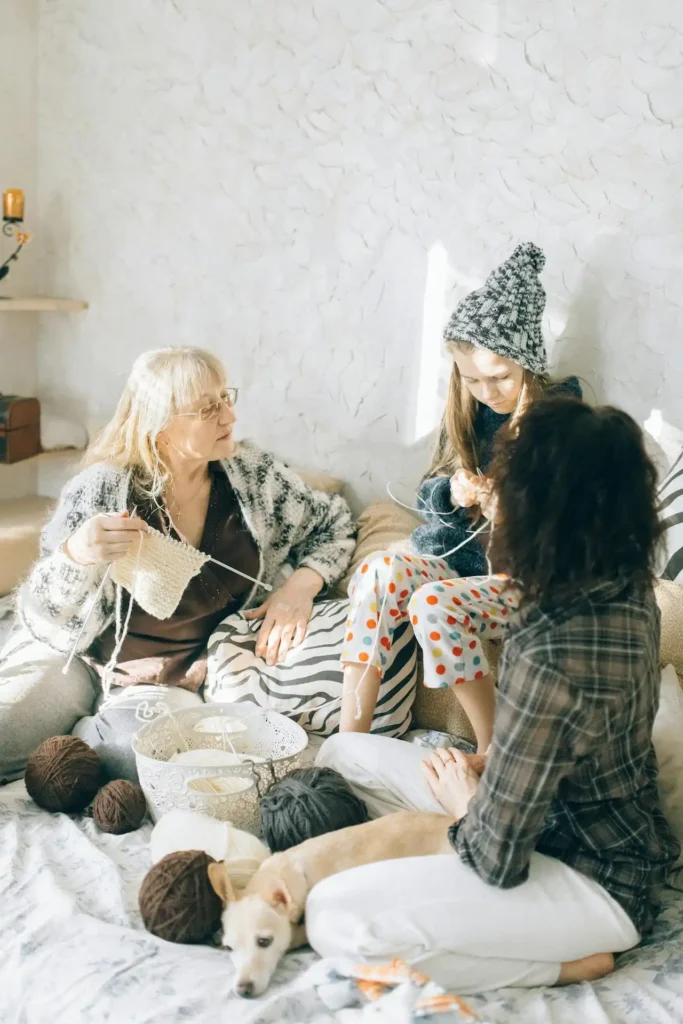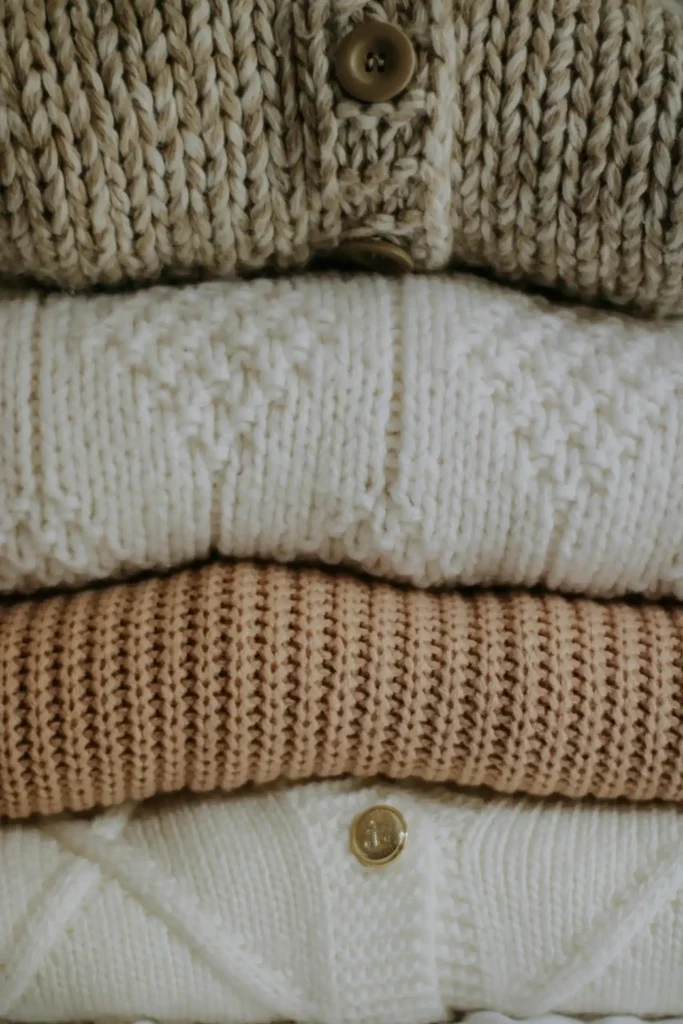The Art of Layering: Easy Hacks for Transitional Weather
Transitional weather brings exciting challenges to your wardrobe. You wake up to crisp mornings, experience warm afternoons, and face cool evenings—all in one day.
Mastering the art of layering transforms these temperature swings from wardrobe nightmares into style opportunities.
You’ll discover simple hacks that keep you comfortable and fashionable.
Start with Smart Base Layers

Your foundation determines everything that follows. Choose lightweight, breathable fabrics that wick moisture away from your skin.
Cotton might feel comfortable initially, but it traps sweat and leaves you feeling clammy when temperatures fluctuate.
Merino wool and synthetic blends work exceptionally well as base layers. These materials regulate your body temperature naturally.
You stay cool when it’s warm and retain heat when temperatures drop. Consider the fit carefully.
Your base layer should sit close to your skin without restricting movement. Loose base layers create air pockets that reduce insulation efficiency.
Tight layers restrict circulation and cause discomfort. Select neutral colors for your base layers.
White, black, gray, and nude tones work under virtually any outfit. You’ll build a versatile foundation that supports countless layering combinations throughout the season.
Master the Cardigan Game
Cardigans serve as your secret weapon for transitional weather. They offer instant warmth when you need it and easy removal when temperatures rise.
You can tie them around your waist, drape them over your shoulders, or carry them in your bag.
Choose cardigans in different weights and lengths. A lightweight cotton cardigan works perfectly for air-conditioned offices.
A chunky knit version handles chilly mornings and evenings beautifully. Button-front cardigans provide more styling options than pullovers.
You can wear them fully buttoned, partially open, or completely unbuttoned as a light jacket. This versatility makes them invaluable during unpredictable weather.
Invest in classic colors and timeless styles. Navy, black, cream, and camel cardigans coordinate with most outfits. You’ll reach for these pieces repeatedly throughout transitional seasons.
Embrace the Power of Scarves
Scarves add warmth, style, and versatility to any layered outfit. Learn different tying techniques to maximize your scarf’s potential.
A lightweight scarf provides just enough coverage for cool morning commutes. You can easily remove it as the day warms up.
The simple loop, the European knot, and the blanket wrap each create different looks and provide varying levels of warmth.
Choose scarves in various fabrics and weights. Silk scarves work beautifully for professional settings. Consider infinity scarves for ultimate convenience.
Cotton and linen options suit casual outfits perfectly. Wool and cashmere provide maximum warmth for cooler days.
These circular scarves eliminate complicated tying techniques. You simply slip them over your head and adjust as needed throughout the day.
Perfect the Vest Strategy
Vests deserve more attention in your layering arsenal. They provide core warmth without adding bulk to your arms.
This makes them perfect for active days when you need mobility and temperature control.
Puffer vests work exceptionally well over long-sleeved shirts or light sweaters. They trap warm air close to your body while allowing your arms to move freely.
You stay comfortable during outdoor activities or busy days. They add visual interest while providing practical warmth during cool mornings.
Sweater vests create polished, professional looks. Layer them over button-down shirts for office-appropriate outfits.
Denim and utility vests offer casual styling options. These pieces work beautifully over t-shirts, tanks, or lightweight sweaters.
They add structure to relaxed outfits while serving practical layering purposes.
Utilize Lightweight Jackets Strategically
Your outer layer determines your outfit’s overall success. Choose jackets that complement your other layers rather than competing with them.
Lightweight options work best for transitional weather since you’ll frequently add and remove them.
Denim jackets remain timeless layering classics. They pair beautifully with dresses, skirts, and casual pants.
You can wear them over t-shirts on warm days or layer them under heavier coats when temperatures drop.
Blazers elevate any layered look instantly. Choose unstructured styles in lightweight fabrics for maximum comfort.
Roll up the sleeves when you’re warm, or push them down when you need coverage. Bomber jackets offer modern, versatile styling.
They work equally well with athletic wear and dressed-up outfits. The relaxed fit accommodates multiple layers underneath without looking bulky.
Mix Textures and Fabrics Thoughtfully

Combining different textures creates visual interest and practical benefits. Smooth fabrics layer beautifully under textured pieces.
This prevents unwanted friction and ensures comfortable wear throughout the day. Pair knits with woven fabrics for optimal results.
A cotton shirt under a wool sweater creates an ideal combination. The smooth cotton glides easily under the textured wool without bunching or pulling.
Consider fabric weights when layering. Heavy fabrics work best as outer layers, while lighter materials suit inner positions.
This natural progression creates comfortable, functional outfits. Avoid combining fabrics that create static or cling.
Synthetic materials often stick to each other, creating uncomfortable bunching. Natural fibers typically layer more smoothly together.
Plan Your Color Coordination
Successful layering requires thoughtful color planning. Start with neutral bases and add pops of color through accessories or outer layers.
This approach ensures cohesive looks even when you remove layers throughout the day. Create tonal outfits using different shades of the same color family.
Navy, light blue, and denim create sophisticated combinations. This technique works particularly well for professional settings.
Use the rule of three for color coordination. Choose three colors maximum for your entire layered look.
This prevents overwhelming visual chaos while maintaining style coherence. Consider your skin tone when selecting colors.
Warm undertones suit earthy colors like rust, olive, and camel. Cool undertones complement jewel tones and classic navy, black, and gray combinations.
Optimize Your Footwear Choices
Your shoes affect your entire layered outfit’s comfort and style. Choose versatile options that work with multiple layering combinations.
This maximizes your outfit possibilities without requiring numerous shoe changes. Ankle boots work exceptionally well with layered looks.
They provide warmth and protection while complementing both casual and professional outfits. Choose neutral colors for maximum versatility.
Sneakers suit casual layered outfits perfectly. White leather sneakers elevate simple combinations, while canvas options maintain relaxed vibes.
Consider weather-resistant styles for unpredictable days. Loafers bridge the gap between casual and formal layered looks.
They work beautifully with cropped pants, showing off your ankle layers. Choose leather options for durability and style longevity.
Accessorize with Purpose
Accessories complete your layered looks while serving practical purposes. Hats provide instant warmth and style updates.
Choose pieces that complement your layers rather than competing for attention. Functional accessories work harder in transitional weather.
Beanies suit casual layered outfits, while fedoras elevate dressier combinations. Choose colors that coordinate with your existing layers.
Belts define your silhouette when wearing multiple layers. They prevent bulky looks while creating flattering proportions. Choose widths that complement your outfit’s overall scale.
Bags should accommodate your layering needs. Larger totes hold removed layers throughout the day.
Crossbody bags work well with multiple clothing layers without creating uncomfortable bulk.
Handle Weather Transitions Smoothly
Successful layering requires strategic planning for temperature changes. Check weather forecasts before getting dressed.
This helps you choose appropriate layers for the entire day’s conditions. This prevents awkward moments when temperatures change unexpectedly.
Start slightly cooler than comfortable in the morning. Your body temperature rises as you move throughout the day. Beginning too warm leads to uncomfortable overheating later.
Practice removing and adding layers gracefully. Plan which pieces you’ll remove first and where you’ll store them.
Keep backup options available when possible. A lightweight cardigan in your car or office provides emergency layering solutions. This preparation ensures comfort regardless of weather surprises.
Maintain Your Layered Wardrobe

Proper care extends your layering pieces’ lifespan and maintains their appearance.
Different fabrics require specific care approaches. Understanding these needs keeps your investment pieces looking their best.
Store layering pieces properly to prevent damage. Fold knits to avoid stretching. Hang woven pieces to maintain their shape.
Cedar blocks protect natural fibers from moths and other pests. Read care labels carefully to avoid damaging your favorite pieces.
Wash layers according to their specific requirements. Some pieces require dry cleaning, while others handle machine washing beautifully.
Rotate your layering pieces regularly. This prevents excessive wear on frequently used items.
Having multiple options in each category ensures you always have clean, fresh pieces available.
Conclusion
Mastering transitional weather layering transforms daily dressing from frustration into creative expression.
These practical hacks ensure comfort and style regardless of temperature fluctuations.







